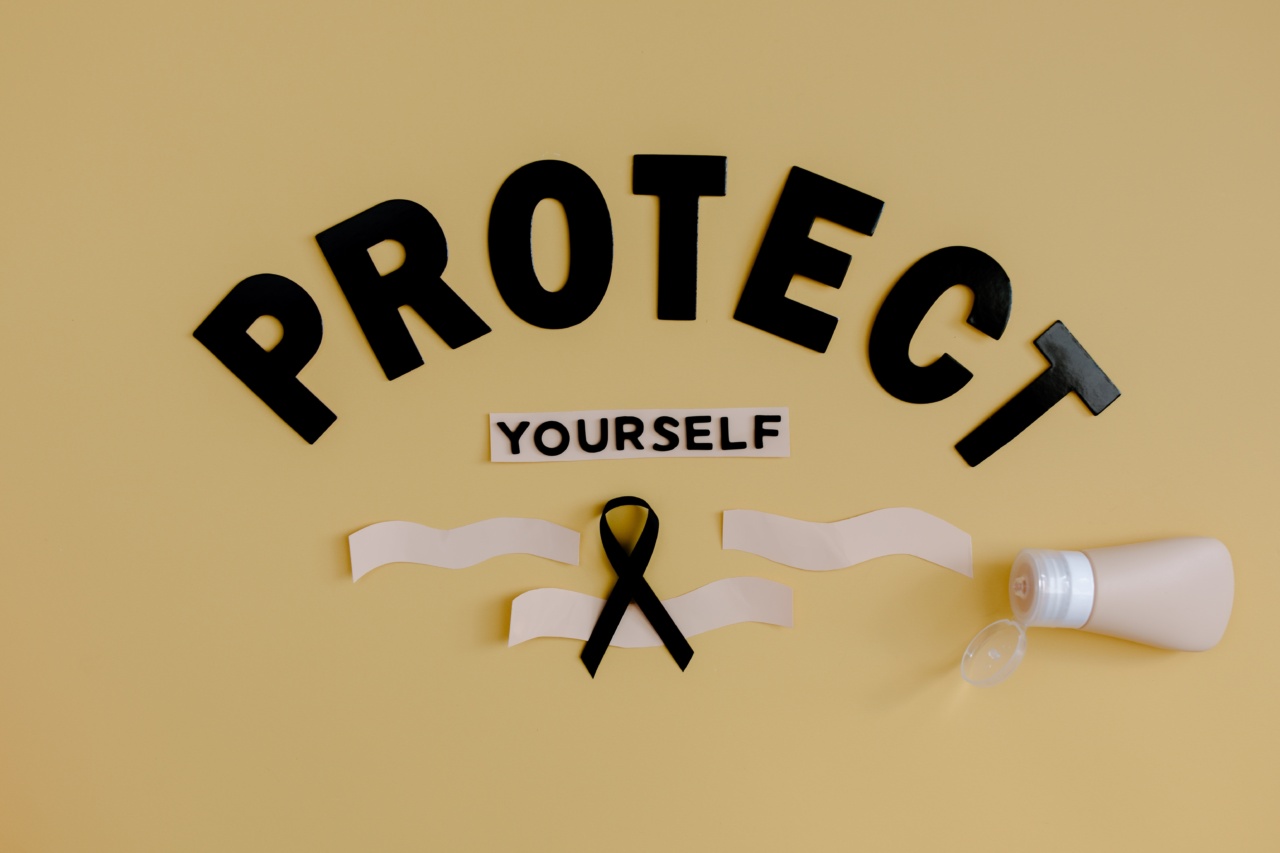Melanoma is a type of skin cancer that develops in the cells that produce melanin, the pigment responsible for giving color to our skin, hair, and eyes.
It is the most serious form of skin cancer and can spread to other parts of the body if not detected and treated early. Recognizing the warning signs of melanoma is crucial for early detection and increasing the chances of successful treatment. In this article, we will discuss the key warning signs of melanoma that you should never ignore.
1. Asymmetry
Normal moles or freckles are usually symmetrical, meaning if you were to draw a line through the middle, both sides would be nearly identical.
Melanoma lesions, on the other hand, are often asymmetrical, with one half of the mole or spot looking different from the other half.
2. Border
Benign moles typically have smooth, even borders. In contrast, melanoma lesions often have uneven, notched, or scalloped borders. The edges may appear blurred or ragged, making them distinct from non-cancerous moles.
3. Color
Another warning sign of melanoma is the presence of multiple colors or an uneven distribution of color within a mole or spot. Mottled shades of black, brown, tan, red, white, or blue may be observed.
This is in contrast to regular moles that are usually a single shade of brown.
4. Diameter
While melanomas can be smaller in size, most melanomas are usually larger than six millimeters in diameter when diagnosed.
However, it is important to note that melanomas can also be smaller, so it is essential to pay attention to any new or changing moles regardless of their size.
5. Evolving
Benign moles tend to remain stable over time. In contrast, melanomas often show signs of change or evolution. They may grow in size, change color, shape, or elevation, or start to bleed, itch, or become tender.
Any changes in a mole’s appearance should be promptly evaluated by a dermatologist.
6. Itching or Sensation
If a mole or spot becomes itchy, painful, or starts to form a sensation such as tingling or burning, it could be a warning sign of melanoma.
These symptoms may indicate that the mole is undergoing changes and should be examined by a medical professional.
7. Family History
If you have a family history of melanoma or other skin cancers, you may have an increased risk of developing melanoma yourself. It is crucial to be aware of your family history and inform your healthcare provider about it.
They may recommend more frequent skin screenings or other preventive measures.
8. Personal History
Individuals who have previously been diagnosed with melanoma or other types of skin cancer have an increased risk of developing additional melanomas.
Regular self-examinations and routine check-ups with a dermatologist are essential for detecting any signs or changes early.
9. Sun Exposure
Excessive and unprotected exposure to ultraviolet (UV) radiation from the sun or tanning beds is a known risk factor for melanoma.
If you have a history of frequent sunburns or long hours spent in the sun, you have an increased risk of developing melanoma. It is essential to protect your skin from harmful UV radiation by wearing sunscreen, protective clothing, and seeking shade when the sun is strongest.
10. Immune Suppression
Individuals with a weakened immune system, either due to medical conditions or medications, have a higher risk of developing melanoma.
If you have a compromised immune system, it is vital to take extra precautions and have regular skin examinations to detect any warning signs of melanoma.
Remember, early detection is key when it comes to melanoma. If you notice any of these warning signs or experience any other concerning changes on your skin, it is important to consult a dermatologist promptly.
Regular self-examinations and professional skin screenings can help in the early detection and successful treatment of melanoma.
Conclusion
Melanoma is a serious form of skin cancer that should never be ignored. By being aware of the warning signs of melanoma, you can take the necessary steps to detect it early and seek appropriate medical attention.
Remember to protect your skin from excessive sun exposure, keep track of any changes in moles or spots, and consult a dermatologist if you have any concerns. Your skin health is crucial, and early detection can save lives.




























